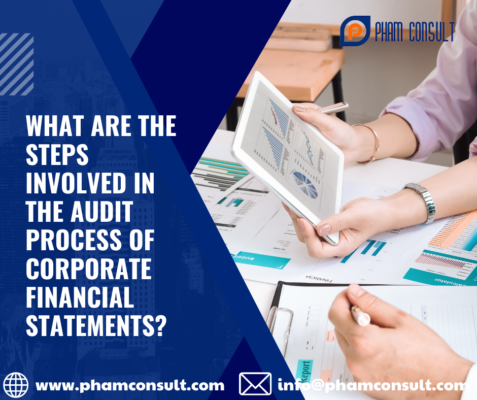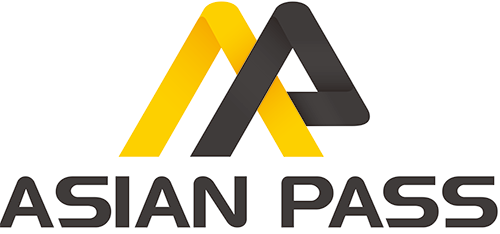Financial statement accounting is the examination and confirmation of the truthfulness and reasonableness of accounting documents, figures and financial statements of an enterprise. The following article Pham Consult will briefly outline the basic steps of an audit of an enterprise’s financial statements.

Financial statement audit process
In the audit of financial statements, to collect sufficient valuable audit evidence to base the auditor’s conclusions. Regarding the truthfulness and reasonableness of the information in the financial statements, and at the same time ensuring the efficiency, economy and effectiveness of each audit. The auditor must develop a specific process for that audit. Typically, each audit process is divided into 3 steps:
- Planning audit, risk assessment and treatment measures for assessed risks
- Conduct audits
- Synthesize, conclude and form the audit opinion
Step 1: Make a plan to audit financial statements, assess risks and handle measures
The auditor and the audit firm must make an audit plan. This includes the expected time and manner of conducting the audit. The audit plan must be complete and detailed to serve as a basis for the audit program. In this process, starting from the invitation to audit. The auditor will get to know the client for the purpose of forming an audit contract and agreeing on a general plan.
Auditors need to collect specific information about the client, learn to evaluate the internal control system. Identify and assess the risks of material misstatement, whether due to fraud or error, at the financial statement level and the assertion level. Through understanding the entity and its environment, including internal control. This provides a basis for the design and implementation of countermeasures for the assessed risk of material misstatement.
Relevant auditing standards:
Audit contract (CM 210, Decree 42-LKTDL);
Identify and assess the risks of material misstatement through knowledge of the entity and its environment (CM 315);
Materiality in planning and performing the audit (CM 320);
Auditor’s response to assessed risk (CM 330);
Audit planning (CM 300);
Factors to consider when auditing an entity that uses external services (CM 402).
Step 2: Perform an audit
Auditors use methods appropriate to each subject to collect audit evidence. This process is the implementation of audit plans and programs. To express an authentic opinion on the truthfulness and reasonableness of the information in the financial statements based on audit evidence. This is the stage in which the auditors perform audit procedures that are based on sampling and evaluation. Are control procedures, analytical procedures and detailed test procedures. Audit procedures are formed in a variety of ways and are based on the results of the audit of the client’s internal control system. From there comes the decision to use different procedures.
Relevant auditing standards:
Performing audits of major items of financial statements;
Evaluation of errors detected during the audit (CM 450).
Step 3: Synthesize, conclude and form the audit opinion
This is the time when the auditor makes an audit conclusion. These conclusions are contained in the audit report or memorandum. To give accurate opinions. Auditors must conduct specific tasks such as: reviewing unexpected debts. Consider events that occurred after the balance sheet date. Consider the operational continuity of the unit. Collect explanatory letter from the Board of Directors…
Finally, the auditor summarizes the results and makes the Audit Report. At the same time, it is responsible for dealing with events arising after the preparation of the audit report. Depending on the results, the auditors may express an opinion: An unmodified opinion and an unqualified opinion. An audit opinion that is not an unqualified opinion can be divided into three categories: Exceptional Audit Opinion, Contradictory Opinion, and Disclaimer of Opinion.
Relevant auditing standards:
Audit report on financial statements (CM 700, 705, 706);
Comparative information – Corresponding data and comparative financial statements (CM 710);
Other information in the document contains audited financial statements (CM 720).
Hopefully, through this article, you have been able to form a brief outline of the basic steps of an audit of financial statements.
PHAM CONSULT is a unit specializing in providing tax consulting services, financial consulting, accounting services, preparing and paying salaries. Customers can contact us via hotline: (84-28) 3930 2487 or Facebook communication channel: http://bit.ly/phamconsult if you need support.




 VI
VI